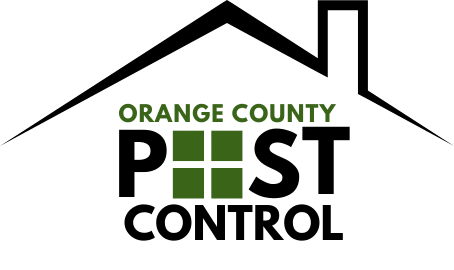Reasons why DIY Pest Control is not recommended by professionals
It’s only natural for us as homeowners to want to handle pest management on our own. Who wants to spend money on professional services when DIY alternatives appear to be just as efficient? However, despite how alluring it may be to attempt to solve a pest problem on your own, professionals do not advise doing so for a number of reasons.
1.Lack of Expertise
The lack of experience is the main problem with DIY pest control and Professionals in pest control have extensive training and have years of experience in recognizing and eliminating different pests, They are aware of the proper items to use, as well as how much and where to apply them. DIYers, on the other hand, might not have the same level of expertise and could end up utilizing the incorrect items or applying them improperly. This might not only be harmful but also ineffective, particularly if the products are poisonous.
2.Incomplete Treatment
Incomplete treatment in pest control is where only the symptoms of a pest problem are addressed, without identifying and treating the root cause of the problem. For example, if a homeowner notices ants in their kitchen, they may spray an insecticide to kill the ants they see. However, if they don’t address the source of the ant infestation, the ants may continue to come back, and the problem will persist.
This incomplete treatment can result in a recurrence of the pest problem, which can be frustrating and costly to deal with. In contrast, pest control professionals are trained to identify the root cause of a pest problem and to treat it comprehensively. They will not only address the symptoms but also take steps to prevent the problem from recurring in the future.
3.Health Risks
Many pest control products contain chemicals that can be toxic if ingested or inhaled, or if they come into contact with the skin or eyes. Exposure to these chemicals can cause a range of health problems, from skin irritation and respiratory issues to more serious conditions such as neurological damage or cancer.
DIYers who attempt to use pest control products without the necessary knowledge or precautions may inadvertently expose themselves, their family members, or their pets to these harmful chemicals. For example, they may not use protective gear such as gloves and masks, or they may use the wrong amount or concentration of a product, leading to overexposure. Children and pets are particularly vulnerable to these risks as they may be more likely to come into contact with the treated areas.
Pest control professionals, on the other hand, are trained to handle these products safely and to take all necessary precautions to minimize the risk of exposure. They will use the appropriate protective gear and ensure that the products are applied in a way that minimizes the risk of harm to people or pets. Overall, it’s important to take the potential health risks associated with DIY pest control seriously and to seek professional help if you’re not confident in your ability to handle these products safely.
4.Cost
It’s important to consider the long-term costs associated with DIY pest control. If the DIY treatment is ineffective, the problem may recur, requiring additional treatments and this can end up being more expensive in the long run than hiring a professional in the first place. Additionally, if the DIY treatment is not applied correctly, it can lead to damage to your property or harm to your health, which can be costly to repair or treat.
Professional pest control services may also offer long-term solutions that can save homeowners money in the long run. For example, a pest control technician may identify and treat the root cause of a pest problem, preventing it from recurring in the future. They may also offer preventative measures, such as sealing cracks and crevices, that can prevent future infestations.
Overall, cost should be considered in the context of the effectiveness and safety of the pest control method while DIY pest control may seem like a cost-effective solution, it’s important to weigh the potential long-term costs and risks before making a decision.


